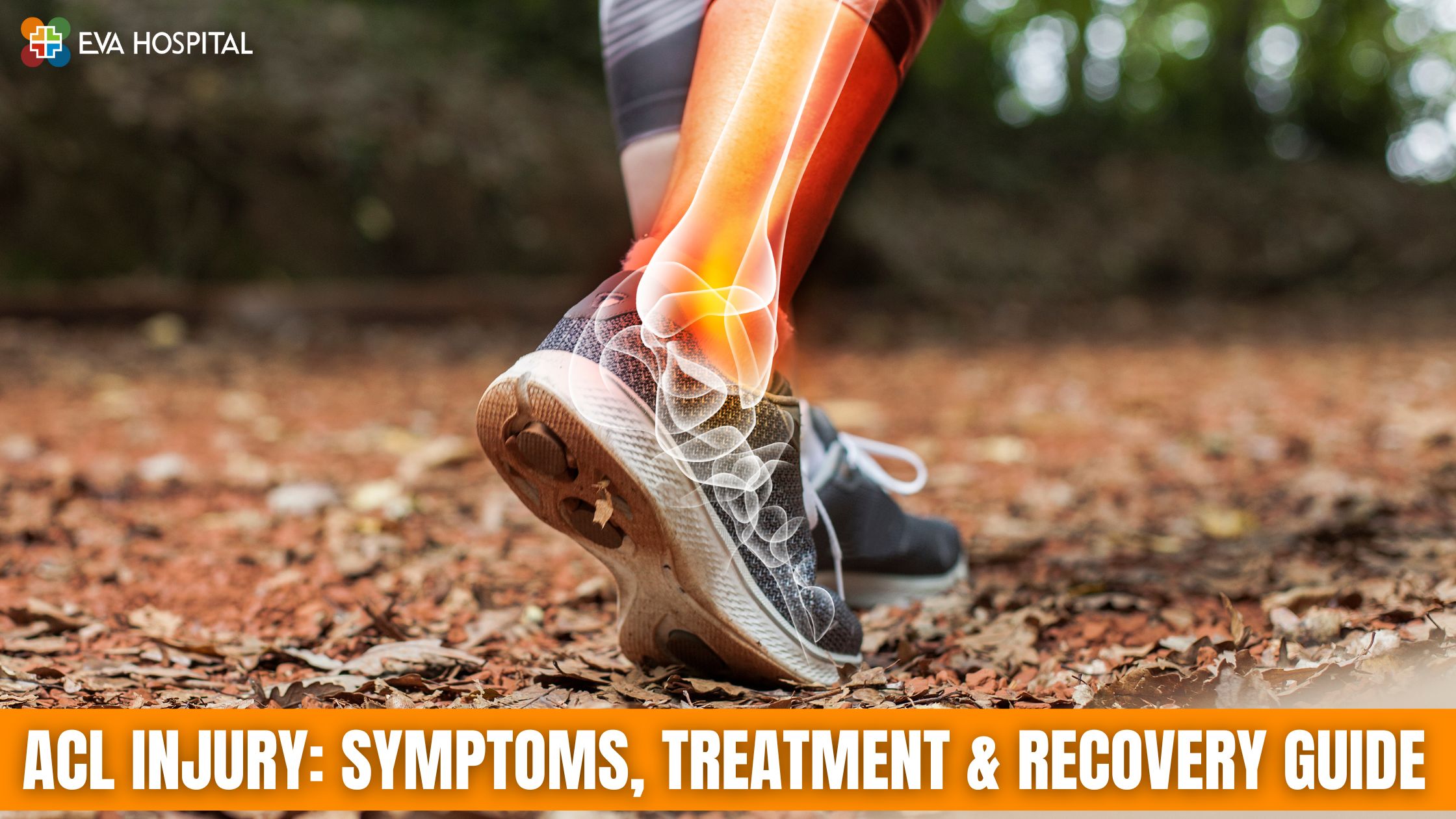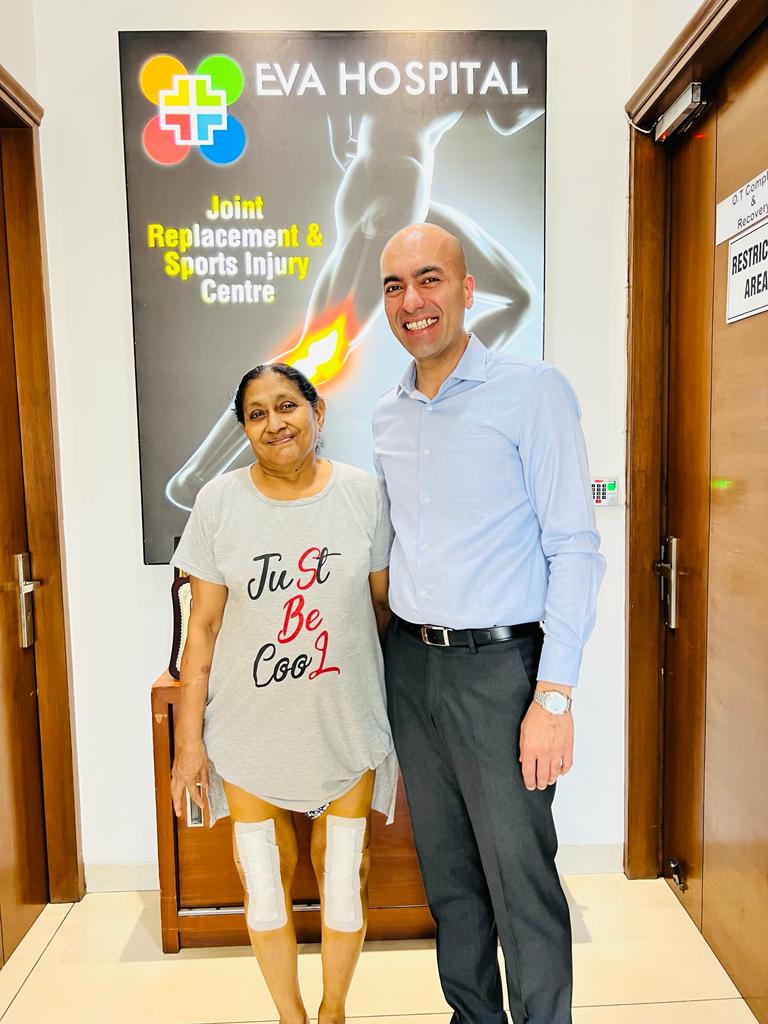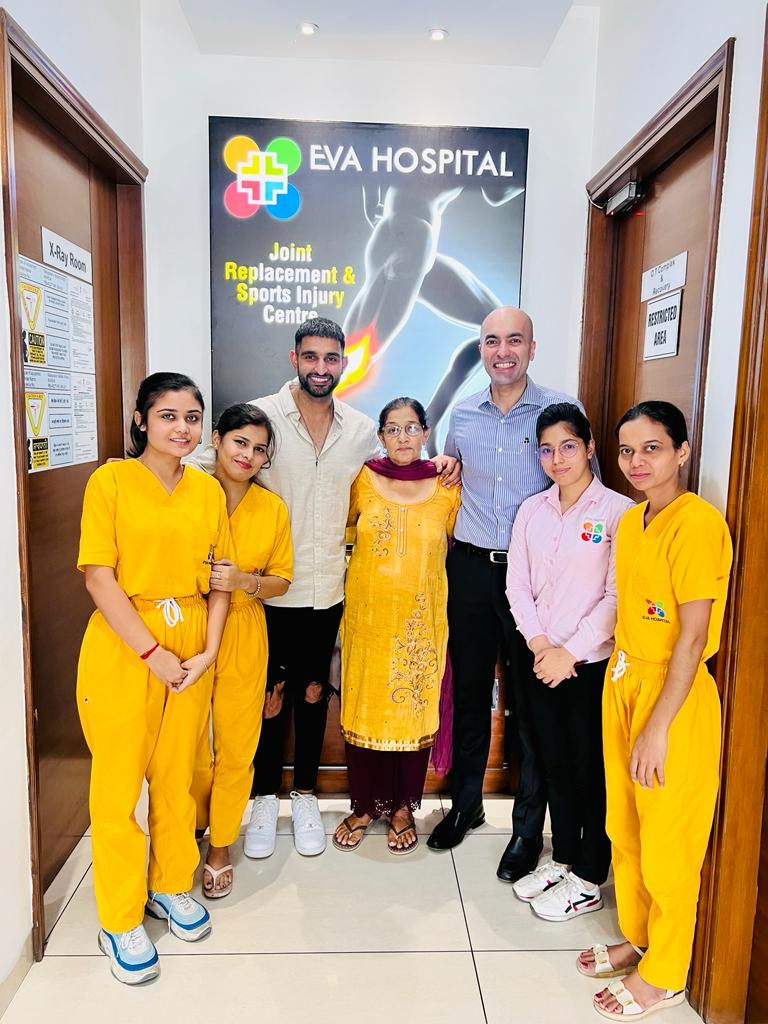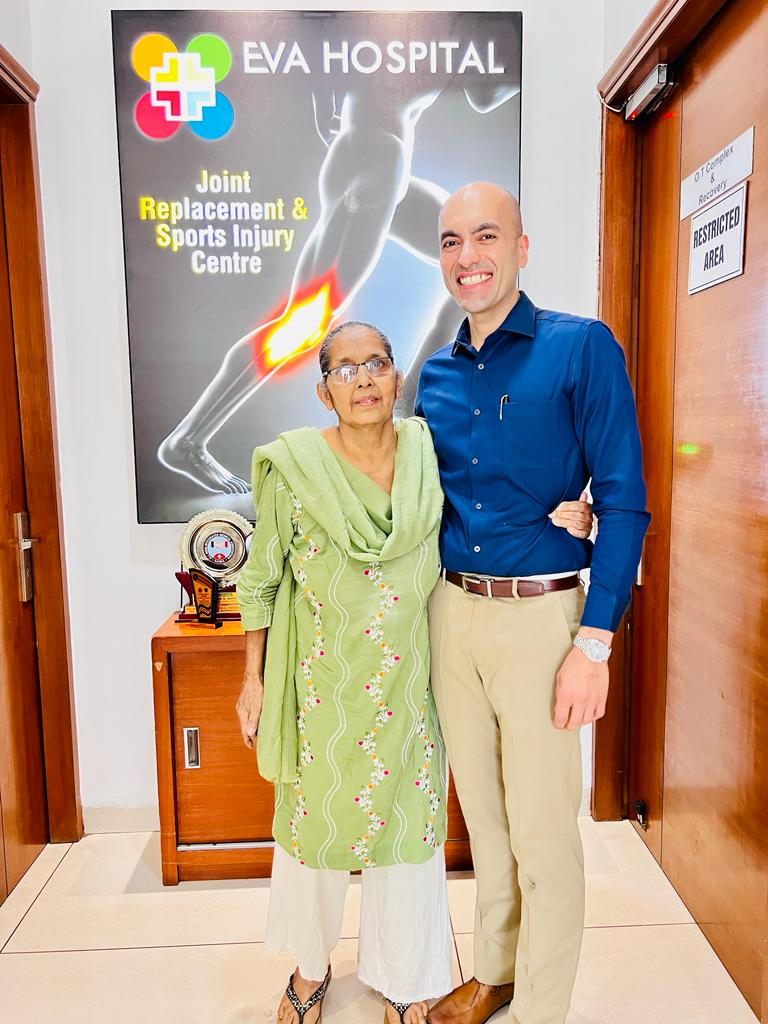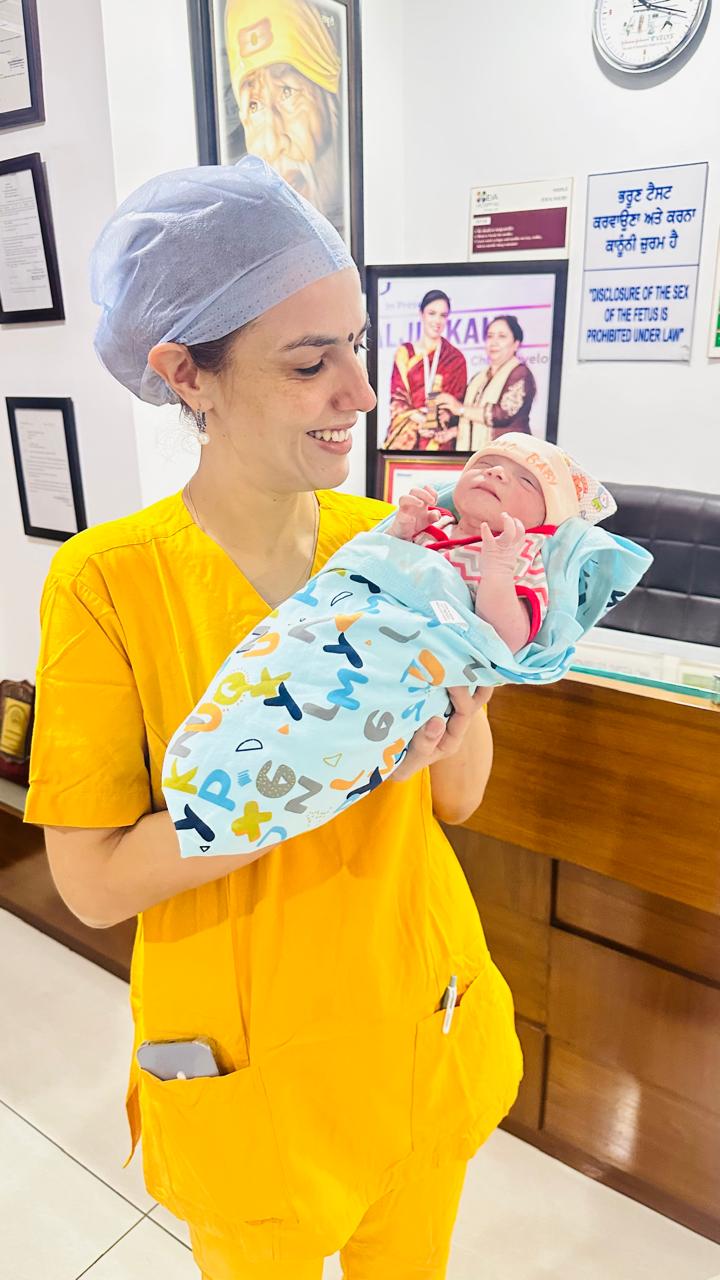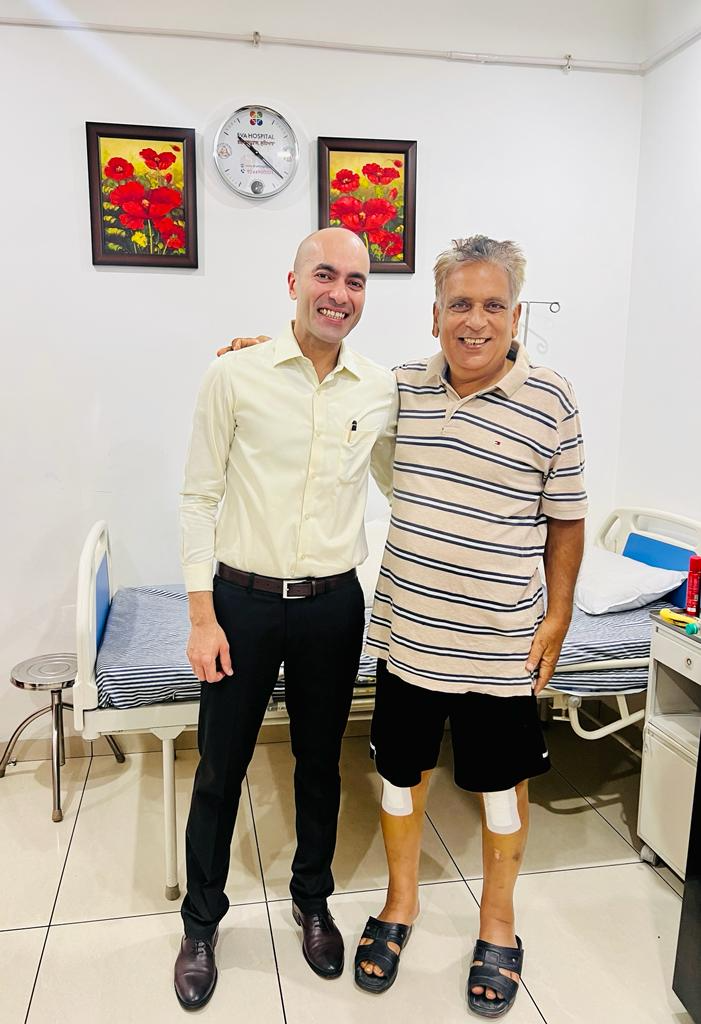Summary
An ACL tear is among the most common and chronic knee injuries, especially among athletes and physically active people. This article shares everything about an ACL injury, from recognizable ligament injury symptoms to different anterior cruciate ligament injury treatment options and on to the typical time it takes to recover from this injury. This step-by-step guide will help the injured or one preparing for recovery through the whole process.
Introduction
An ACL injury can cause serious pain and negatively impact one’s lifestyle. People usually tear their ACLs in these sports that require sudden stops or changes in speed and movement: soccer, basketball, or skiing. The initial treatment should begin as soon as you can, using the most informed choices about the injury for the best outcomes. With this information, they are able to prepare for their own healing and understand what fair goals might be.
What Happens When a Person Suffers an ACL Injury?
When an anterior cruciate ligament injury is caught early, the impact is limited and patients receive treatment early. Though all injuries are not the same, several principal symptoms stand out.
Types of ACL Injuries
- Grade 1 (Mild Sprain): The ligament is slightly stretched but still functional.
- Grade 2 (Partial Tear): The ligament is stretched and partially torn.
- Grade 3 (Complete Tear): The ligament is completely torn and often requires surgery.
How ACL Injuries Happen
- Sudden Direction Changes: Quick pivots during sports or daily movement can put excessive strain on the ACL.
- Incorrect Landings: Landing awkwardly from a jump can also lead to a tear.
Who’s at Risk?
- Athletes in High-Impact Sports
- Women, due to anatomical differences
- People with Poor Movement Mechanics
Recognizing ACL Injury Symptoms
Spotting an anterior cruciate ligament injury early can help prevent further damage and guide appropriate treatment. While not every injury presents the same way, several hallmark ACL injury symptoms stand out.
Common Signs of an ACL Tear
- A “Popping” Sound at the time of injury
- Severe Knee Pain and Swelling within a few hours
Functional Limitations
- Instability or “Giving Way” of the knee
- Limited Range of Motion and inability to bear weight
When the ACL is hurt, it may lead to significant pain and make life difficult for the individual. The sports during which players can injure their ACL are soccer, basketball, or skiing, as they often involve stopping quickly or changing directions. As soon as possible, you should receive treatment using the best approach based on your injury. The information allows them to get ready for their recovery and realize what could be acceptable goals.
What Happens If Someone Has an ACL Injury?
If an anterior cruciate ligament injury is diagnosed early, the damage is not as severe, and patients can begin treatment sooner.
Common Symptoms
- Severe pain and swelling within 24 hours
- Knee instability or “giving out”
- Loss of range of motion
- Difficulty walking or bearing weight
When to See a Doctor
Seek medical attention right away if you experience:
- A popping sound in your knee during activity
- Inability to straighten or bend the knee
- Swelling and bruising within hours
- Instability when walking
Early evaluation helps prevent further knee damage and speeds up recovery.
Diagnosis and ACL Injury Treatment Options
A physical test usually diagnoses an anterior cruciate ligament injury, with an X-ray (to rule out fracture) and an MRI scan also performed.
Can You Walk if Your ACL Is Torn?
Yes, sometimes partial weight-bearing may be possible but painful and unstable with a partial tear. Walking on a torn ACL further damages the injury and delays healing; thus, resting with proper diagnosis is the utmost priority.
Non-Surgical Treatment
- Physical therapy for strength and balance
- Bracing for support
- Activity modification for less active individuals
Surgical Treatment
- ACL reconstruction using a graft (tendon from your own body or a donor)
- Typically recommended for complete tears or active individuals
The choice of ACL injury treatment depends on age, activity level, and severity.
Diagnosis and ACL Injury Treatment Options
An accurate diagnosis of anterior cruciate ligament injury treatment is possible by performing a physical examination, using an MRI scan, and looking at the patient’s past medical records.
Non-Surgical Treatment
- Through exercises, physical therapy can support the muscles in and around the knee, giving the joint more stability and helping to repair a minor tear.
Surgical Options
- ACL Reconstruction: Reconstruction is more commonly performed in complete tears when an active individual requires an isolated procedure to restore stability. It replaces the torn ligament with an interposed graft.
The choice of treatment for an anterior cruciate ligament injury depends largely on the grade of the tear and the age and activity level of the patient.
What to Expect During ACL Injury Recovery Time
The recovery time for someone with an anterior cruciate ligament injury can be different depending on whether they had surgery, were treated without surgery, and how committed they are to following the recovery program.
Post-Surgery Recovery Timeline
- Weeks 1–2: Focus on reducing swelling and regaining basic motion
- Weeks 3–6: Begin light physical therapy to rebuild strength.
Returning to Full Activity
- 6–9 Months: If rehabilitation is consistent, many patients return to full activities, but elite athletes may require up to one year.
Regardless of treatment type, physical therapy through recovery after an ACL injury is a must to regain strength and mobility.
Living with an ACL Injury: Long-Term Outlook
In most cases, a person achieves full knee function after sustaining an anterior cruciate ligament injury, and no matter what, there needs to be continuous work on all exercises to sustain strength and flexibility.
Preventing Re-Injury
- Strength Training: Especially the hamstrings and quadriceps
- Balance and Agility Drills: To improve movement control
Monitoring Knee Health
- Routine Check
- Listening to Your Body to Avoid Overuse
Being proactive about your joint health will help reduce the chances of one more ACL tear occurring eventually.
Will an ACL Tear Happen Again?
Re-injury is always at stake whenever the rehab process is hastened or never rigorously followed. Thus, you need to mitigate such risks by adopting preventive measures and scrupulously following post-recovery protocols.
Prevention Tips
- Strength training (especially hamstrings and quads
- Neuromuscular training for balance and agility
- Proper technique in sports and workouts
Conclusion
An anterior cruciate ligament injury is overwhelming any way you look at it, but timely intervention, the finest treatment for injury, and a realistic outlook on ACL recovery time can earn an individual a full recovery. Knowing and understanding what’s in store all the way through an ACL—from diagnosis, through treatment, to rehabilitation—instills confidence in you or your loved one to begin the recovery process with certainty. If one suspects an ACL tear, do not wait on its confirmation. Early intervention is best suited to returning to an active type of existence and returning to the life you love.
Frequently Asked Questions (FAQs)
When someone abruptly changes direction, stops suddenly, jumps, or tackles, it is possible that the anterior cruciate ligament in the knee can be damaged, resulting in an ACL injury. You can see them in sports such as American football, basketball, and soccer, along with others.
The best way for females to avoid ACL injuries is to stay strong, improve balance, do stability exercises and practice safe ways to land from a jump or turn. Focusing on movements and correct body positioning in neuromuscular training helps most during sports and other active events in lowering the risk.
The best way for females to avoid ACL injuries is to stay strong, improve balance, do stability exercises and practice safe ways to land from a jump or turn. Focusing on movements and correct body positioning in neuromuscular training helps most during sports and other active events in lowering the risk.
Securing an ACL injury means using a bandage around your knee, starting from under the joint and winding with the figure-eight pattern above and below it. There should be enough room for blood to circulate. Keep the affected area above the heart level, and ice should be used. A person should get immediate medical attention for proper treatment.
Yes. Sometimes, people suffer serious injuries to their ACL. A patient may develop either a tear or a sprain of the anterior cruciate ligament of the knee. This action prevents the knee from moving sideways and outwards, maintaining its stability. When treatment is not given, the damaged knee can become loose, painful, and more likely to develop arthritis or suffer another injury.

